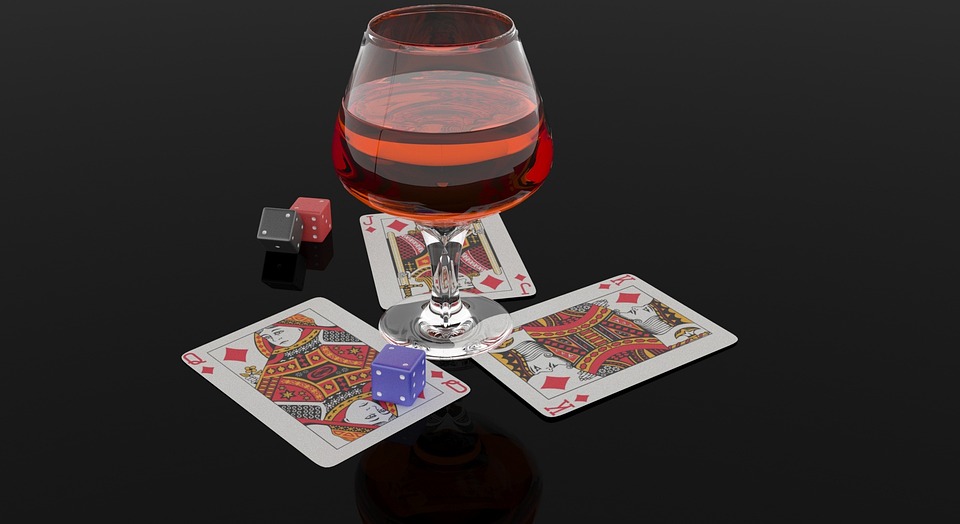As you step through the glimmering doors of a casino, you’re not merely entering a building; you’re crossing into a carefully curated world designed to stimulate your senses, engage your emotions, and, most importantly, keep you inside as long as possible. The art and science of casino design is a complex interplay of architecture, psychology, lighting, sound, and even scent—all aimed at creating an immersive experience that captivates and entices.
A Fusion of Art and Architecture
Casino design begins with a vision that marries artistic expression with architectural functionality. The exterior of a casino often reflects its thematic identity—be it the opulence of Vegas or the serene elegance of a European gaming hall. Artists and architects collaborate to create a façade that draws visitors in and provides a hint of the immersive experience that awaits them inside.
Inside, the layout is meticulously crafted. Open spaces allow for an unobstructed view of gaming tables and slot machines, while strategically placed pathways guide visitors deeper into the establishment. This wayfinding is vital; it’s not just about aesthetics, but also about prolonging the gaming experience. Subtle cues lead guests through diverse environments—from the buzzing energy of the gaming floor to the quiet allure of high-stakes rooms.
The Psychology of Design
Human psychology plays a significant role in casino design. Designers employ principles from behavioral psychology to manipulate how guests interact with the space. One crucial aspect is the concept of "theming." Casinos often adopt unique themes—be it a desert oasis, an underwater world, or a lavish European villa—that transport visitors to another place and time, further enhancing the immersive experience.
Color choice, too, is an essential element. Warm colors like red and gold are commonly used, as they evoke feelings of excitement and luxury. Studies have shown that specific colors can influence mood and behavior; for instance, red may stimulate appetite and energy, making it a popular choice for the design of casino dining areas as well.
Lighting: The Unsung Hero
Lighting is another critical aspect of casino design. The ambient lighting is crafted to create an inviting atmosphere while also highlighting the gaming machines and tables. Bright lights attract attention, but they are balanced with softer tones to create a sense of comfort and familiarity. Designers often use color-changing LED lights to create dynamic environments that shift throughout the day, ensuring that the casino feels alive at all hours.
Moreover, the absence of windows in many casinos is intentional. By avoiding natural light, casinos reduce the perception of time, encouraging patrons to stay longer. The combination of captivating artificial lighting and time-disorienting design leads to the phenomenon often referred to as the “casino clock”—where the passage of time seems irrelevant.
Acoustic Considerations: Crafting the Soundscape
The auditory experience in a casino is just as meticulously designed as the visual one. The sounds of coins clinking, cards shuffling, and slot machines ringing create an enchanting symphony that provides an auditory reward for guests. These engaging sounds entice both seasoned players and newcomers, leading to an immersive atmosphere filled with excitement and anticipation.
Isolation areas, like lounges and restaurants, are designed to contain noise while providing patrons with a respite from the hustle and bustle of the gaming floor. In contrast, the gaming areas resonate with upbeat music and celebratory sounds to amplify the thrill of winning.
The Power of Scent
Less commonly discussed but just as pivotal is the olfactory experience. Scent marketing has proven powerful in retail, and casinos have recognized its potential to influence behavior as well. Many casinos employ signature scents, whether it be the sophisticated aroma of fresh flowers or the inviting smell of baked goods wafting from an on-site café. These subtle fragrances create a welcoming ambiance and forge emotional connections, encouraging patrons to linger longer.
Conclusion
The art and science of casino design intertwine to create an immersive experience that captivates visitors from the moment they step inside. Every detail, from architecture and layout to lighting, sound, and scent, is crafted with the intention of fostering excitement, comfort, and, ultimately, extended patronage. In an industry where the line between entertainment and psychology becomes blurred, successful casino design truly exemplifies how environment and experience can be harmoniously blended to enthrall the senses and enrich the overall experience. As casinos continue to evolve, the relentless pursuit of innovation in design is what will keep this complex ecosystem thriving.

